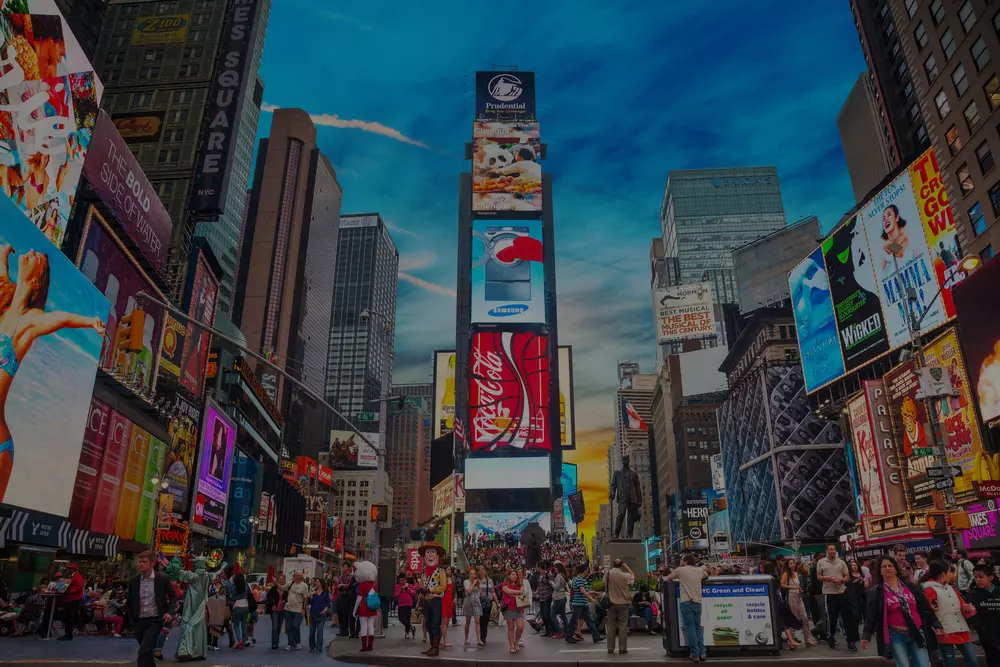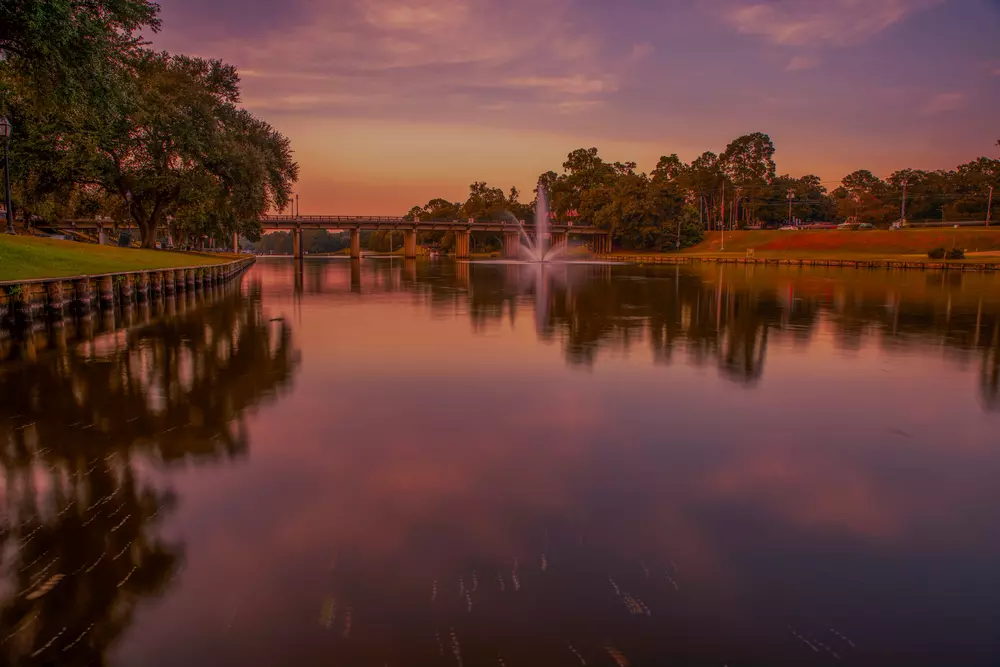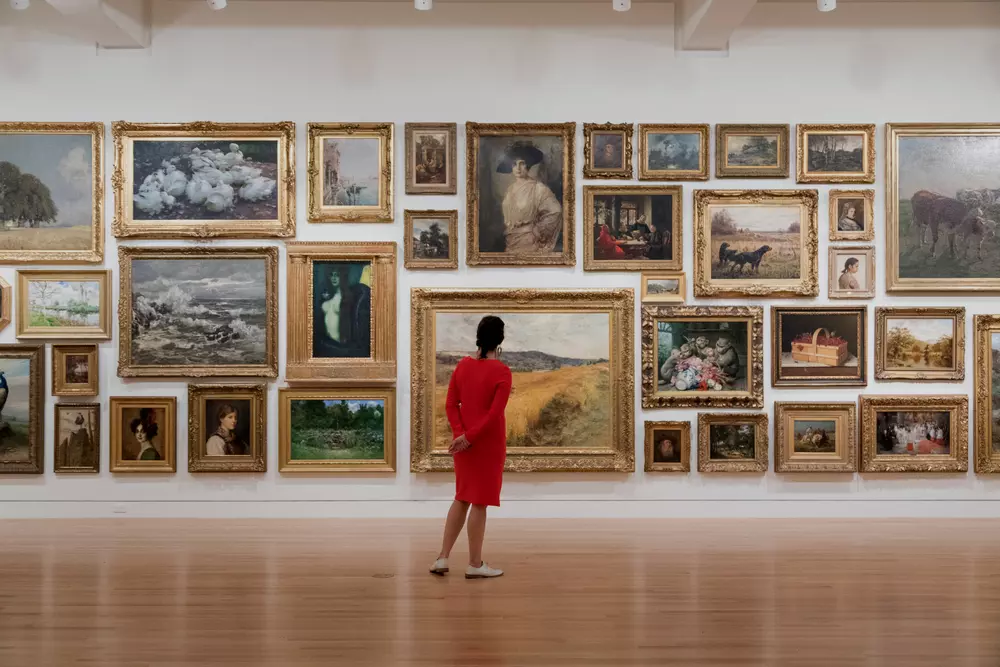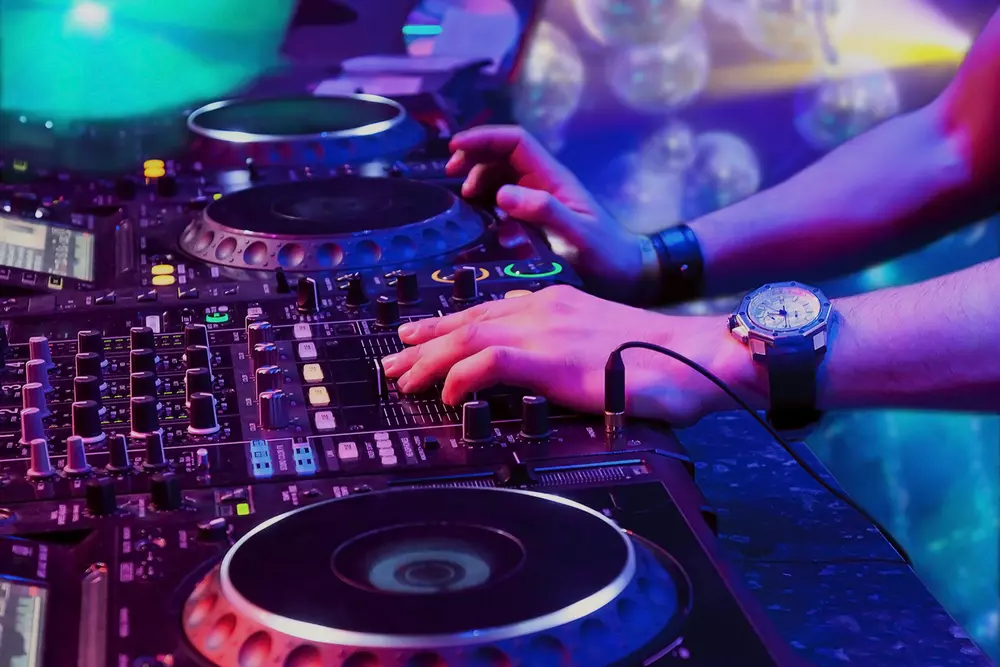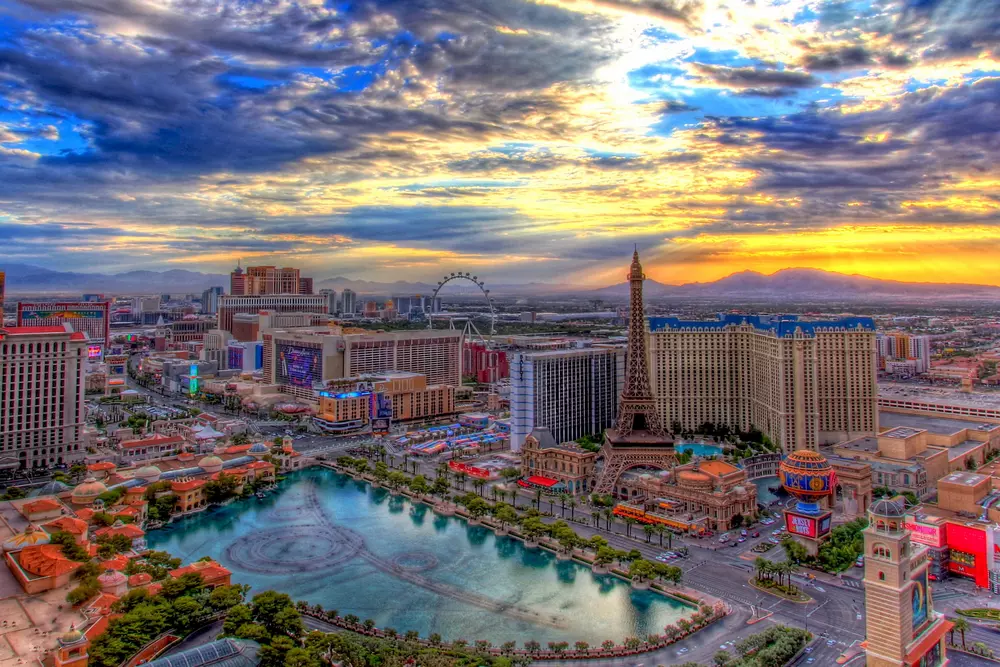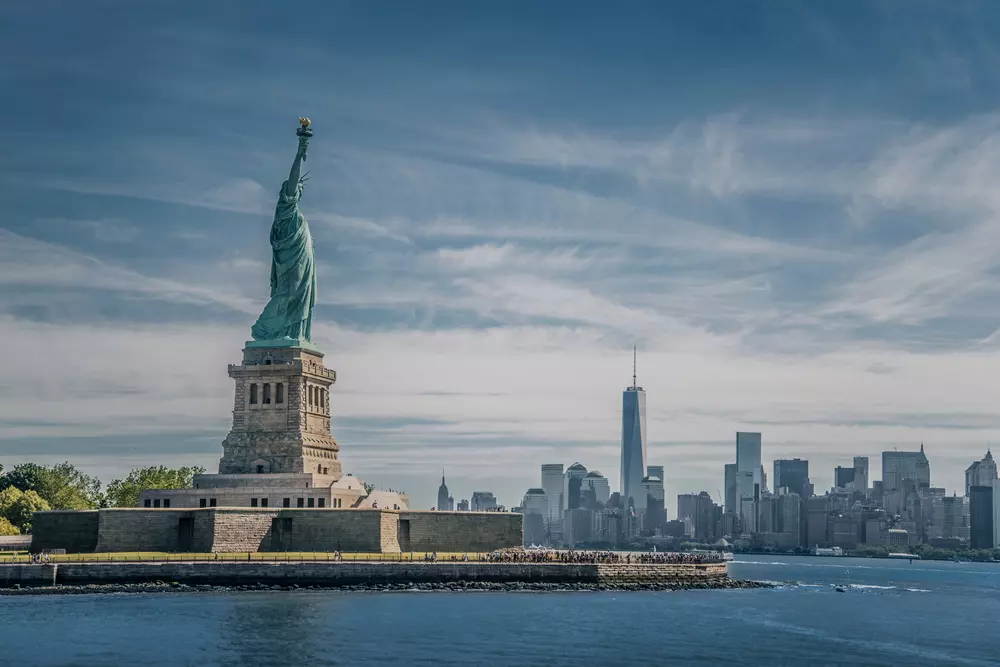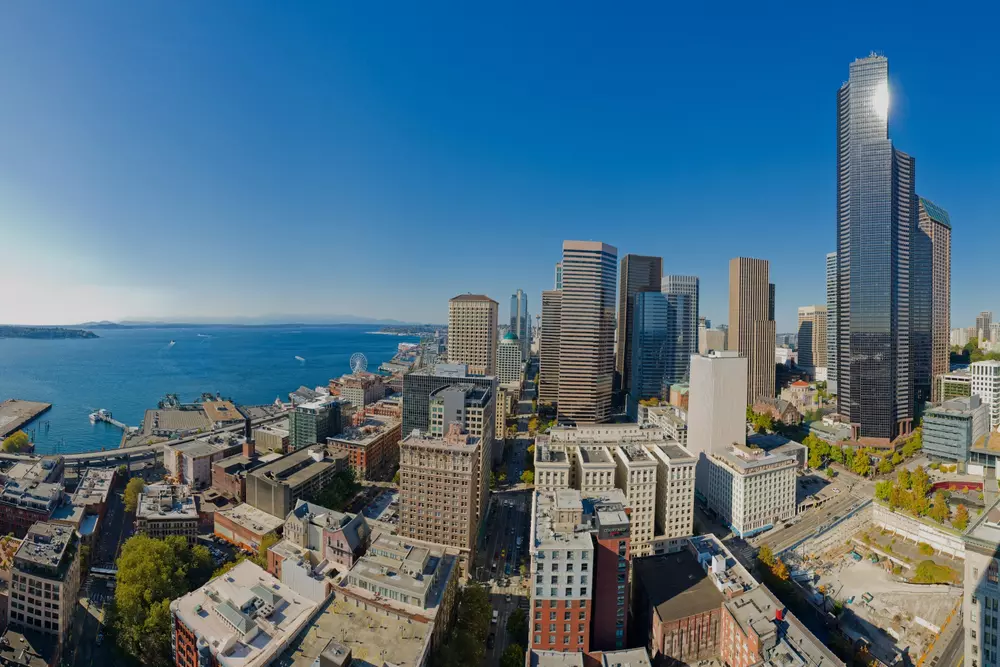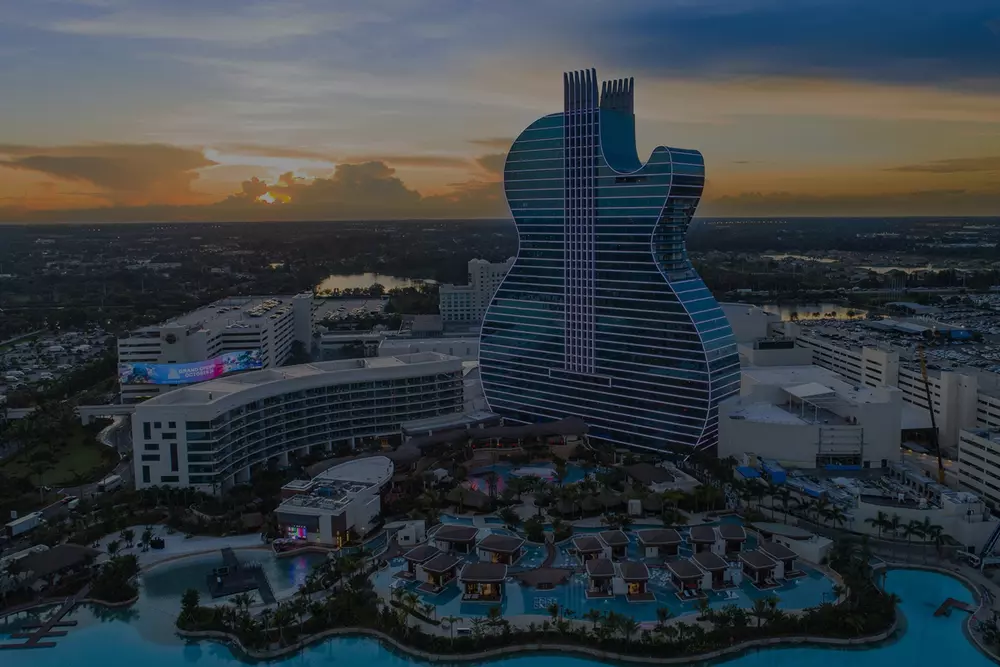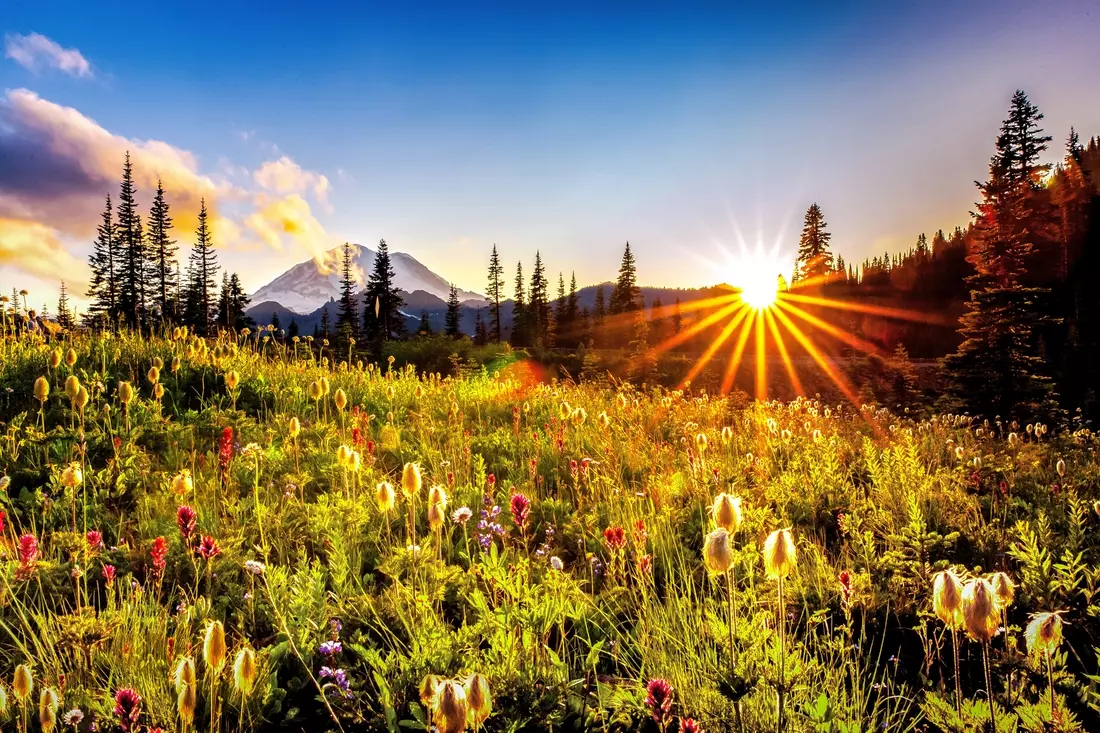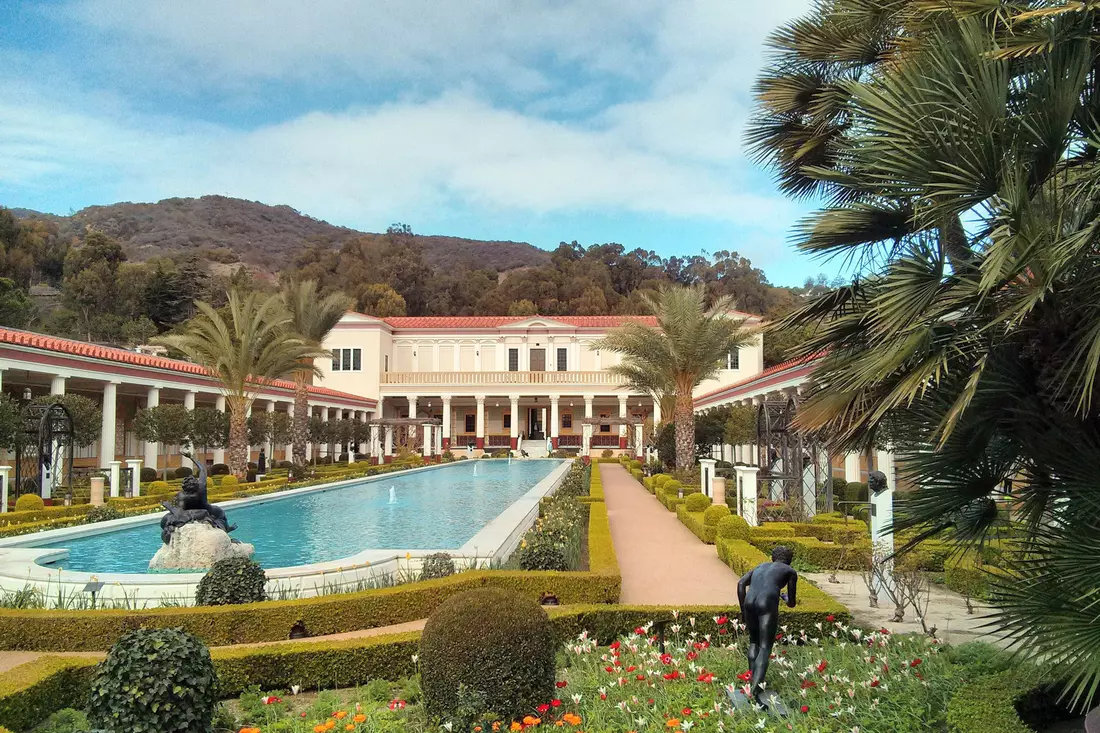When the name George Floyd echoed around the world, the streets of America buzzed like a heated hive. Millions of feet hit the pavement, millions of voices merged into one — angry, desperate, but clear and powerful: Enough. This wasn’t just a flash of emotion. It was a boiling point the country had been approaching for centuries.
This cry didn’t appear overnight. It had been building for generations — in the chains of slave plantations, in the codes of Jim Crow, in Martin Luther King’s march on Washington, in the beating of Rodney King, in cold prison cells and senseless stop-and-frisks. It wasn’t about one incident. It was about a system. A system where the color of your skin could cost you your life.
America, used to seeing itself as free and progressive, suddenly saw its reflection on a smartphone screen — with a knee on a man’s neck, begging for his life. And that reflection was too horrifying to ignore any longer.
But this isn’t a story about one tragedy. It’s a story about a long road toward truth. About the fight for human dignity. About the power of ordinary people to shake the foundations of society. That’s when a movement was born — the heart of a new civil awakening — Black Lives Matter.
It began as a hashtag. Then a march. Then a mass movement that rose from Twitter to the streets and from the streets — into constitutional reforms. A movement that has grown far beyond the borders of the U.S., becoming a global symbol of resistance to racism and injustice. It can no longer be ignored. It can no longer be silenced. It lives in every glance, every sign, every heart that longs for change.
This article is about that movement — alive, complex, and uncompromising. About its history, voices, heroes, mistakes, power, and meaning. Not just as a protest chronicle, but as a mirror of society. Because to understand Black Lives Matter is to understand the kind of world we want to build for tomorrow.
In 2020, #BlackLivesMatter became Twitter's most viral hashtag ever by unique users — amassing over 63 million mentions in just months. This unprecedented digital engagement made BLM the largest online protest movement in internet history.
#TrayvonMartin: The Name That Changed America
On the evening of February 26, 2012, a 17-year-old teenager named Trayvon Martin was walking home to his father’s house in the suburb of Sanford, Florida. He had just come from a store with a bag of Skittles and a can of Arizona iced tea. He was wearing a dark hoodie — typical clothing for a teenager. But as it turned out, that was enough to arouse suspicion from a man named George Zimmerman, a volunteer neighborhood watchman.
Zimmerman called 911 and reported a “suspicious Black teenager” walking through the neighborhood. Although the dispatcher advised him not to follow the young man, he did so anyway. A confrontation occurred. Trayvon Martin was shot and killed.
The teenager’s death sparked a wave of outrage across the country. Many believed that if he had been white, no one would have followed him. And even if a conflict had occurred, his killer would not have walked free. But in 2013, a court acquitted George Zimmerman, ruling that he acted in “self-defense.” That verdict became the last straw.
The Words That Changed History
Soon after the acquittal, Alicia Garza, a Black activist from Oakland, wrote a Facebook post — not as a political statement, but as a deeply personal confession. Her words were:
“I continue to be surprised at how little Black lives matter… Our lives matter, Black lives matter.”
The phrase Black Lives Matter became both a mantra of pain and a cry of strength. It was picked up and amplified on Twitter with the hashtag #BlackLivesMatter by another activist — Patrisse Cullors. They were soon joined by Opal Tometi, a communications expert and co-founder of human rights organizations in Arizona. Together, the three women — Garza, Cullors, and Tometi — laid the foundation for a movement that would soon reach far beyond the borders of the United States.
It’s important to understand: none of them set out to create a mass movement. It was more of an emotional response to injustice. But in those words — Black lives matter — millions of people saw a reflection of their own anger, fear, despair, and hope. And those people were united not only by pain, but by a shared desire to make a change.
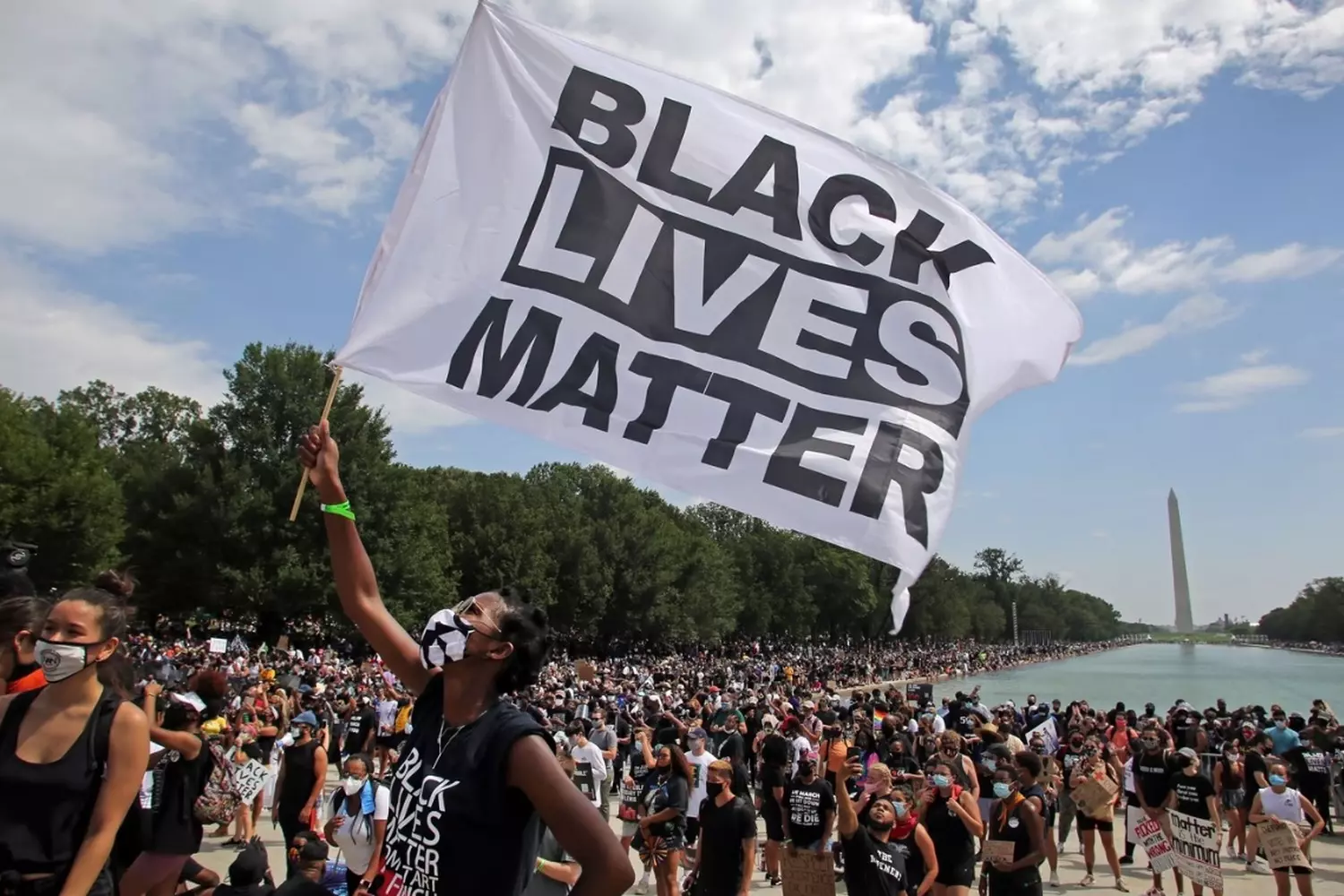
From Facebook to marches: The digital origins of a revolution
The hashtag #BlackLivesMatter began spreading rapidly across social media. It went viral not because of algorithms, but because it reflected the reality of millions. People started sharing their stories — of police brutality, discrimination, and unjust verdicts. A decentralized movement of self-organization began to take shape.
Initially, Black Lives Matter was more of an emotional digital message than a structured protest. People were sharing their pain, their stories, and facts about injustice. But the internet couldn’t contain this wave — it spilled out onto the streets.
How a Digital Protest Became a Street Revolution
- 2014, Ferguson, Missouri
A police officer shot and killed 18-year-old Michael Brown, allegedly while trying to arrest him. Brown was unarmed. His body lay on the hot pavement for over four hours, in full view of passersby and neighbors — a humiliation that deeply shook the local community. People took to the streets. First with signs. Then with megaphones. Then with cries of fury. - This became a turning point
The protests escalated into clashes with police. Armored vehicles, tear gas, and heavily armed patrols were deployed — as if this weren’t a protest but a battlefield. Against this backdrop, BLM ceased to be just a hashtag — it became a symbol of organized civil resistance.
A Wave That Could No Longer Be Stopped
After Ferguson, protests spread across the country like falling dominoes. Here are some of the largest:
- Baltimore (2015)
The death of Freddie Gray in a police van. The city erupted in unrest and mass protests. - Louisville (2020)
The case of Breonna Taylor, shot by police in her own apartment.
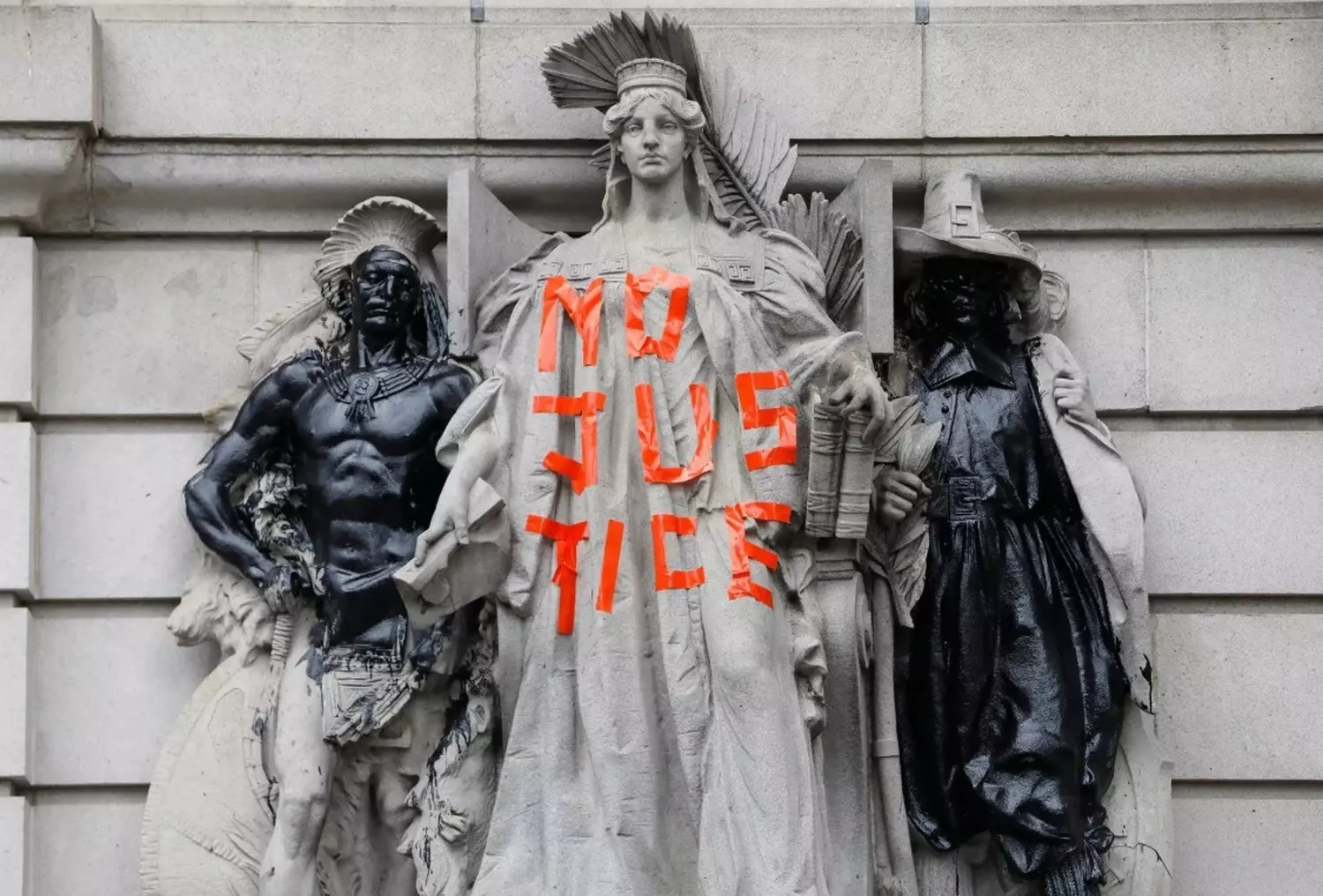
George Floyd: The Killing That Shook the Globe
The next incident — the death of George Floyd — was not just a tragedy, but a turning point in the history of the Black Lives Matter movement. What happened in Minneapolis in the spring of 2020 was witnessed by the entire world — almost in real time. It was impossible to ignore.
What Happened
- May 25, 2020, Minneapolis, Minnesota.
- George Floyd, a 46-year-old Black man, was suspected of using a counterfeit $20 bill at a convenience store.
- He was detained by police. One officer — Derek Chauvin — pressed his knee against Floyd’s neck, pinning him to the pavement.
The Heart of the Tragedy
- Floyd lay on the ground for 9 minutes and 29 seconds, pleading for mercy.
- He repeatedly said: “I can’t breathe.”
- Bystanders begged the officers to let him go — their cries can be heard on the video.
- George Floyd died at the scene.
Eyewitnesses filmed the incident — the footage quickly went viral on social media. A wave of outrage swept across the globe. Protests were held in over 60 countries. In the U.S., demonstrations erupted in every state — from New York, Washington, Los Angeles, Chicago, and even in the most conservative cities of the South. There were marches, clashes with police, highway blockades. In some places — toppled statues, murals with Floyd’s final words, mass sit-ins.
What Came After
- Officer Derek Chauvin was convicted of murder — marking the first time in decades that a police officer was truly held accountable for the killing of a Black person.
- Sentence: 22.5 years in prison.
- A wave of reforms followed: restrictions on chokeholds; mandatory use of body cameras; a reexamination of police funding; anti-bias training initiatives nationwide.
Why This Case Was a Turning Point
- People had had enough. This wasn’t the first time a Black person had died at the hands of police — but this time, millions witnessed it with their own eyes.
- Society could no longer look away. George Floyd became a symbol of a systemic issue, not an isolated tragedy.
- His name entered history alongside other martyrs of racial injustice.
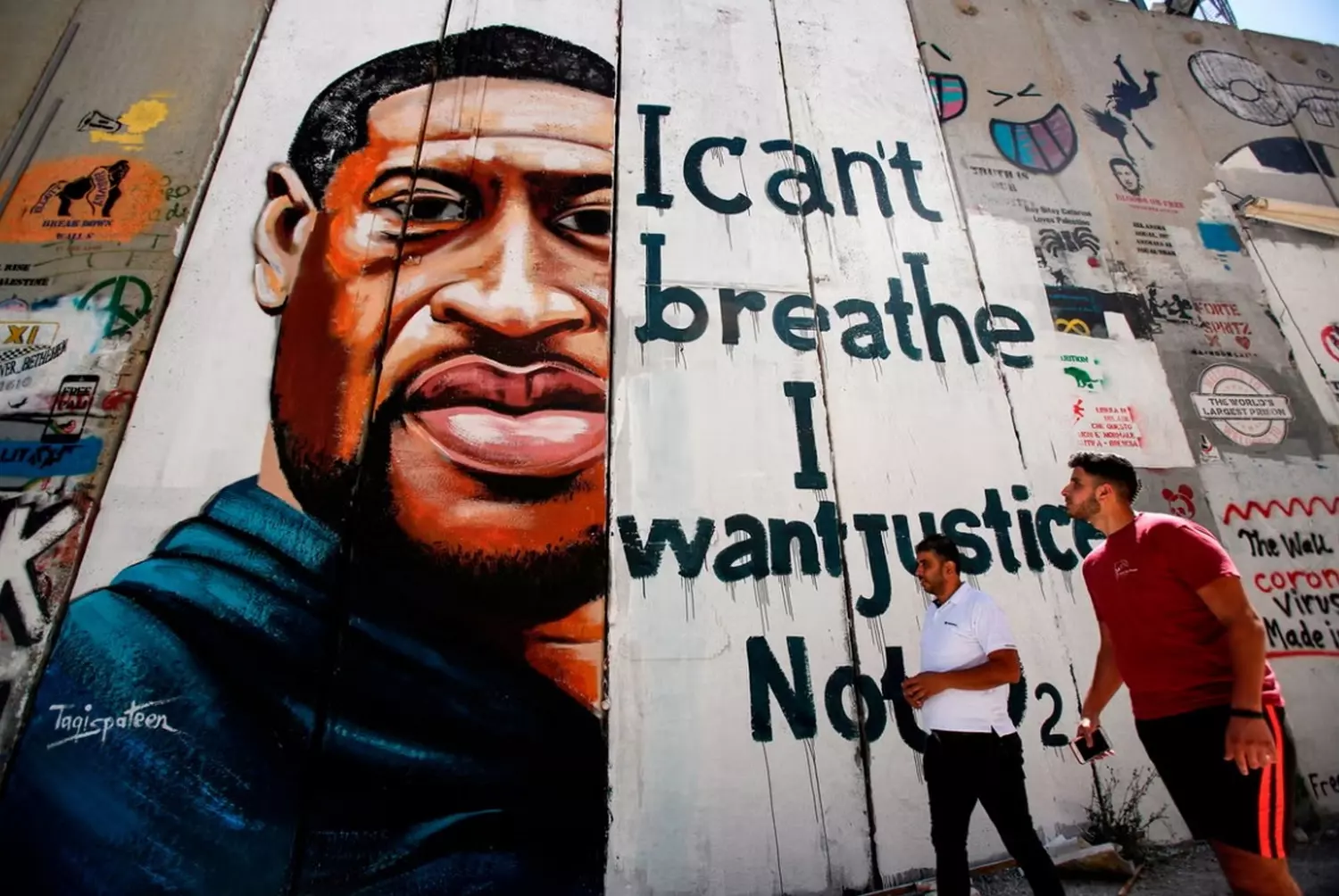
From Clicks to Change: The New Era of Online Activism
One of the key factors behind BLM’s success was the use of social media as a tool for resistance. Platforms like Twitter, Instagram, and Facebook were flooded with firsthand accounts of police brutality, racist remarks, and everyday bias.
Each victim’s name became a hashtag:
- #TrayvonMartin
- #MichaelBrown
- #SandraBland
- #TamirRice
- #EricGarner
- #GeorgeFloyd
- #BreonnaTaylor
This wasn’t just digital mourning. It was a growing archive of injustice — a public chronicle of crimes that could no longer be swept under the rug.
Why Women?
It’s significant that BLM was founded by three women, two of whom — Garza and Cullors — identify as queer. That’s not a coincidence. Their activism was rooted not just in a fight against racism, but against overlapping forms of discrimination — based on gender, sexual orientation, and class.
“We started a movement where everyone could be heard — not just Black men, but women, trans people, and marginalized communities. We didn’t want to build a hierarchy of pain, but an ecosystem of support,” said Alicia Garza.
A Leaderless Movement with Millions of Voices
Unlike classic 20th-century protest models, Black Lives Matter has no central leadership. That’s both its strength and its challenge. Key traits of this new structure:
- Decentralization
There is no single leader, no headquarters, no rigid hierarchy. Each local chapter operates independently, yet under a shared ideological banner. - Horizontal community
Decisions are made collectively. The primary goal is to amplify the voices of those who’ve been historically silenced — Black women, trans people, immigrants, and the poor. - Core values
To fight not only police violence, but systemic racism as a whole. To push for reform in education, social policy, and labor rights. To protect the right to protest and defend civil liberties.
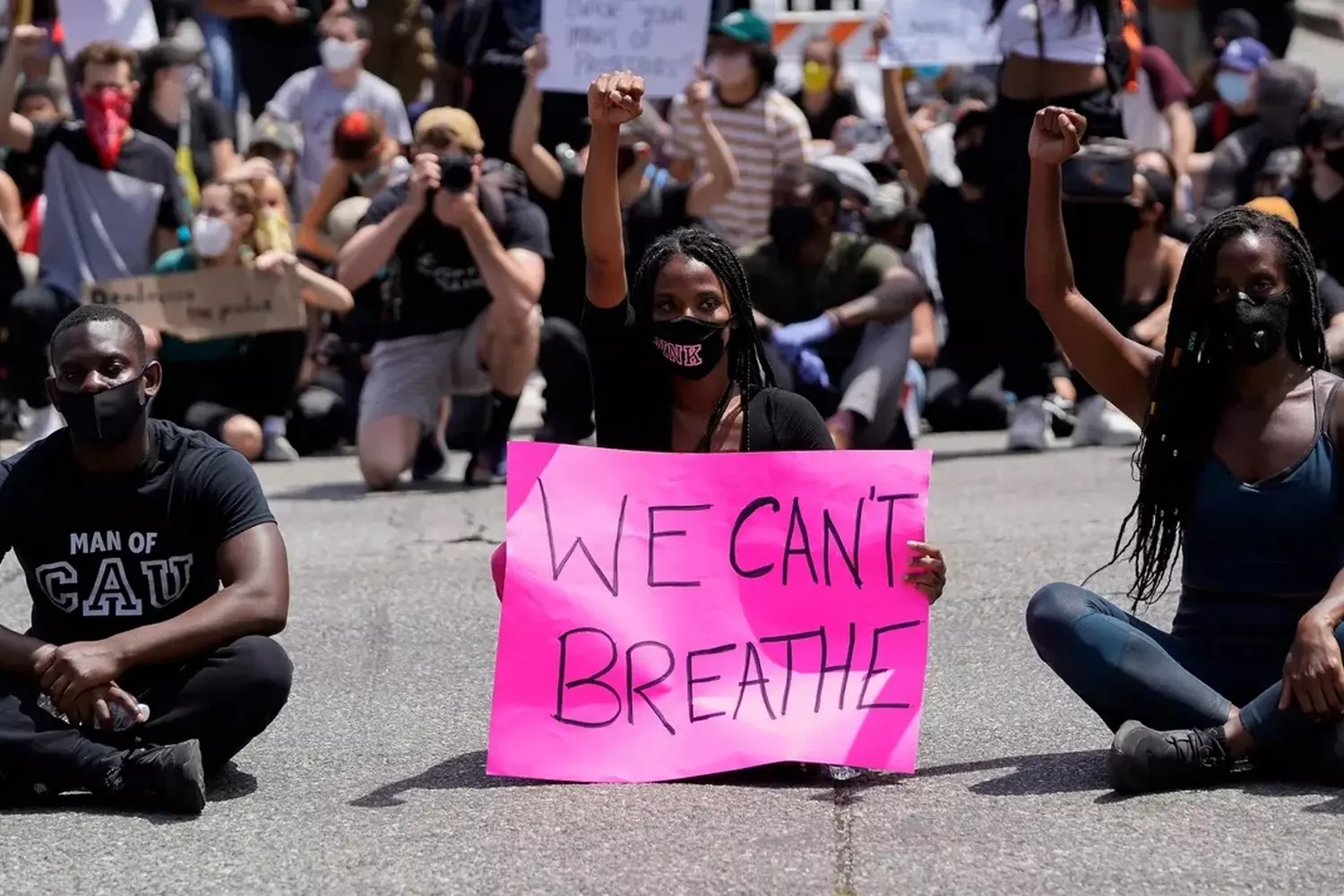
#BLM: When a Movement Redefined an Era
Black Lives Matter is more than a slogan, a hashtag, or a chain of protests. It’s a mirror — one that modern society was forced to look into, finally seeing what had been ignored, silenced, and swept under the rug for centuries. That’s why BLM became an inseparable part of the cultural and social landscape:
- 01. It exposed what generations kept quiet about
- Systemic racism is not an exaggeration or a “victim mindset.”
- It seeps into everyday life — in education, healthcare, housing, and the judicial system.
- People began to realize that being Black in the U.S. means facing invisible barriers every single day.
- This isn’t just about extreme injustice — it’s about the daily reality of millions of Americans that was long kept out of sight.
- 02. It reshaped the language of protest
Terms once confined to sociologists and human rights activists entered everyday vocabulary: white privilege, institutional oppression, racial bias in daily life. These words began echoing in classrooms, boardrooms, marketing campaigns — and even around the family dinner table. - 03. It restored power and dignity to protest
In the 21st century, many had lost faith in the power of protests. But BLM proved otherwise: one march could spark a bill. One speech could change a city’s policy. One act could awaken empathy across the globe. - 04. BLM protests spread across 60+ countries
From Germany to New Zealand, from Canada to Japan. - 05. It taught people to speak uncomfortable truths
Criticizing your country was once seen as disloyal. But now it’s clear: true patriotism is not blind praise — it’s striving to make your country better. Talking about racism, police violence, segregation isn’t “rebellion against the state” — it’s a path to healing. Silence isn’t patriotism. It’s decay. - 06. It reached every corner of culture
Black Lives Matter inspired artists, musicians, filmmakers, designers. Hundreds of documentaries, albums, exhibitions, and plays were created in its name. Even Nike, Netflix, Apple, and Ben & Jerry’s released statements, campaigns, and projects aimed at promoting equality and fighting racism. In some cases, it was marketing. In others — real change in corporate values. - 07. It became part of educating a new generation
In schools, colleges, and universities across the U.S., courses on racism were introduced. History curriculums were rewritten. Teachers began talking openly about slavery, segregation, and their lasting impact today. Teenagers now discuss not just pop culture — but social justice, human rights, and activism.
Did you know?
Black Lives Matter became the largest movement in U.S. history in terms of participation. In 2020, over 26 million people are estimated to have joined the protests — more than during the civil rights movement of the 1960s.
Symbols and Language of the Movement
BLM is not just a phrase. It’s a visual and emotional language — a set of symbols recognized around the world:
- Raised fist — a sign of solidarity.
- Street murals with the phrase “Black Lives Matter.”
- Black profile photos and black squares posted as silent acts of support (#BlackoutTuesday).
- Marches chanting: “Say their names!” — to remember the victims and refuse to let them be forgotten.
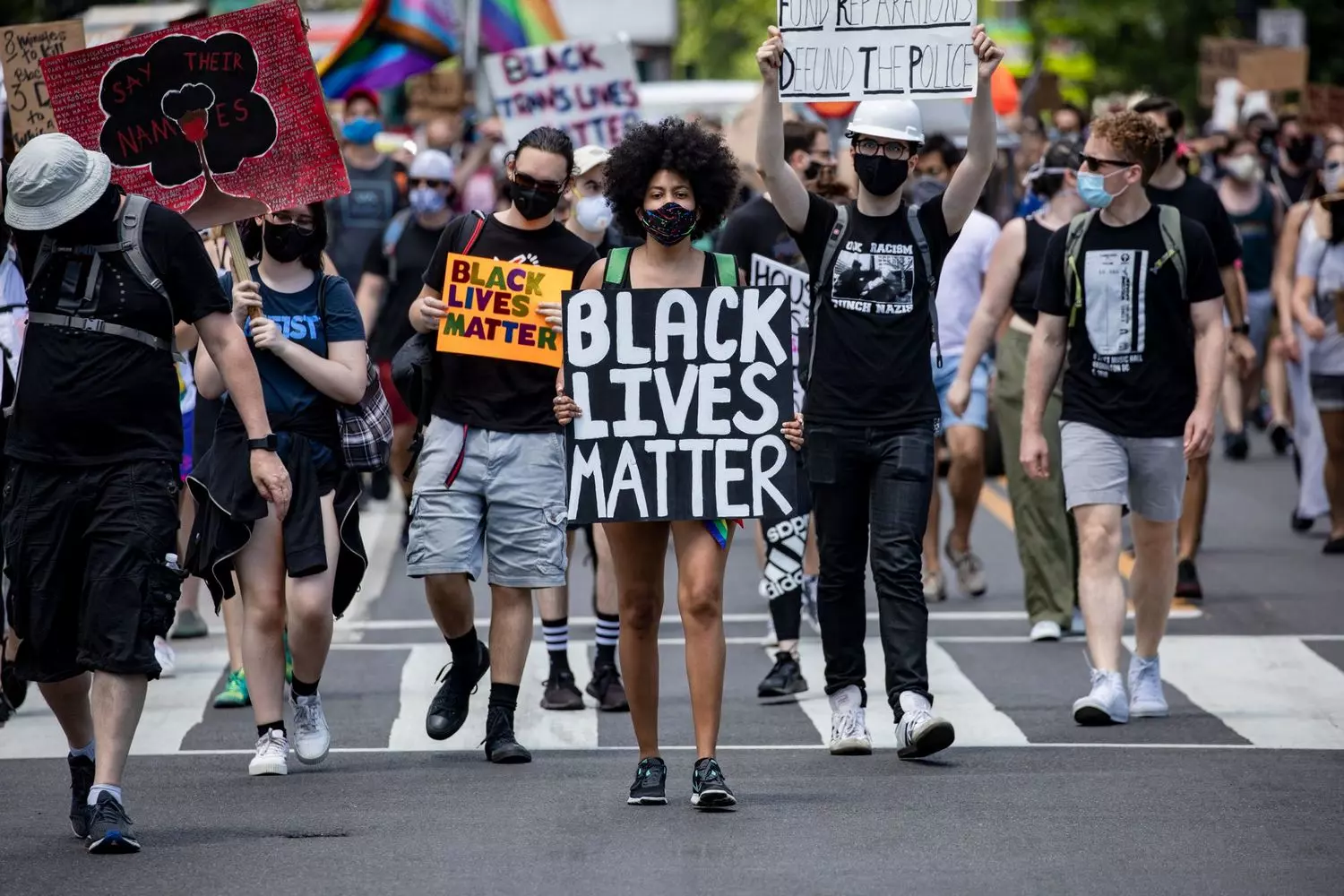
How Black Lives Matter Became a Global Phenomenon
What began as a local response to police brutality in the U.S. turned into a global wave of solidarity. People from all over the world took to the streets with the same message: “Black lives matter — everywhere.”
Why did this happen? Because the issue wasn’t just about racism in the U.S. — it was about systemic injustice that millions of people around the world could relate to.
Where did protests take place?
BLM became a catalyst for mass demonstrations across every continent. Here are just a few countries where large-scale protests occurred:
- United Kingdom
Protests erupted in London, Manchester, and Liverpool. A particularly powerful moment occurred in Trafalgar Square, where the statue of slave trader Edward Colston was torn down — a symbolic act against colonial legacy. - France
Marches were held in memory of Adama Traoré, a Black Frenchman who died in police custody in 2016. The BLM movement reignited his case, and his sister became a key figure in France’s anti-racism movement. - Germany
Mass protests took place in Berlin, Hamburg, and Munich. Hundreds of thousands of people carried signs reading "Keine Gerechtigkeit, kein Frieden" ("No justice, no peace"). - Canada
Thousands marched in Toronto and Vancouver, demanding answers about violence against Indigenous people and Black citizens. - Brazil
Demonstrations against police brutality in the favelas, where thousands of Afro-Brazilians are killed each year. BLM slogans merged with local movements against militarized violence. - South Africa
Protests in Pretoria and Cape Town. Despite the end of apartheid, racial inequality remains a deeply rooted issue. - Australia
The BLM movement fueled a wave of solidarity with Indigenous peoples who face systemic injustice within the legal system.
How international agendas shifted
BLM also impacted governments and global institutions. Some examples:
- The United Nations condemned systemic racism and urged member states to reform their policing systems.
- In Belgium, the parliament began officially reassessing the role of King Leopold II and the country’s colonial past.
- New Zealand and Australia introduced laws to combat racial profiling in law enforcement.
- Anti-racism curricula were introduced in schools across the UK and Canada.
How BLM influenced global culture
- Music
Artists around the world released songs dedicated to social justice (Beyoncé, Kendrick Lamar, Stromae, Little Simz). - Art
Street art featuring George Floyd appeared in dozens of countries. - Publishing
Sales of books on racism, Black history, and cultural identity surged worldwide. - Film and TV
Streaming platforms began actively promoting films and series by Black creators, curating special anti-racism collections.
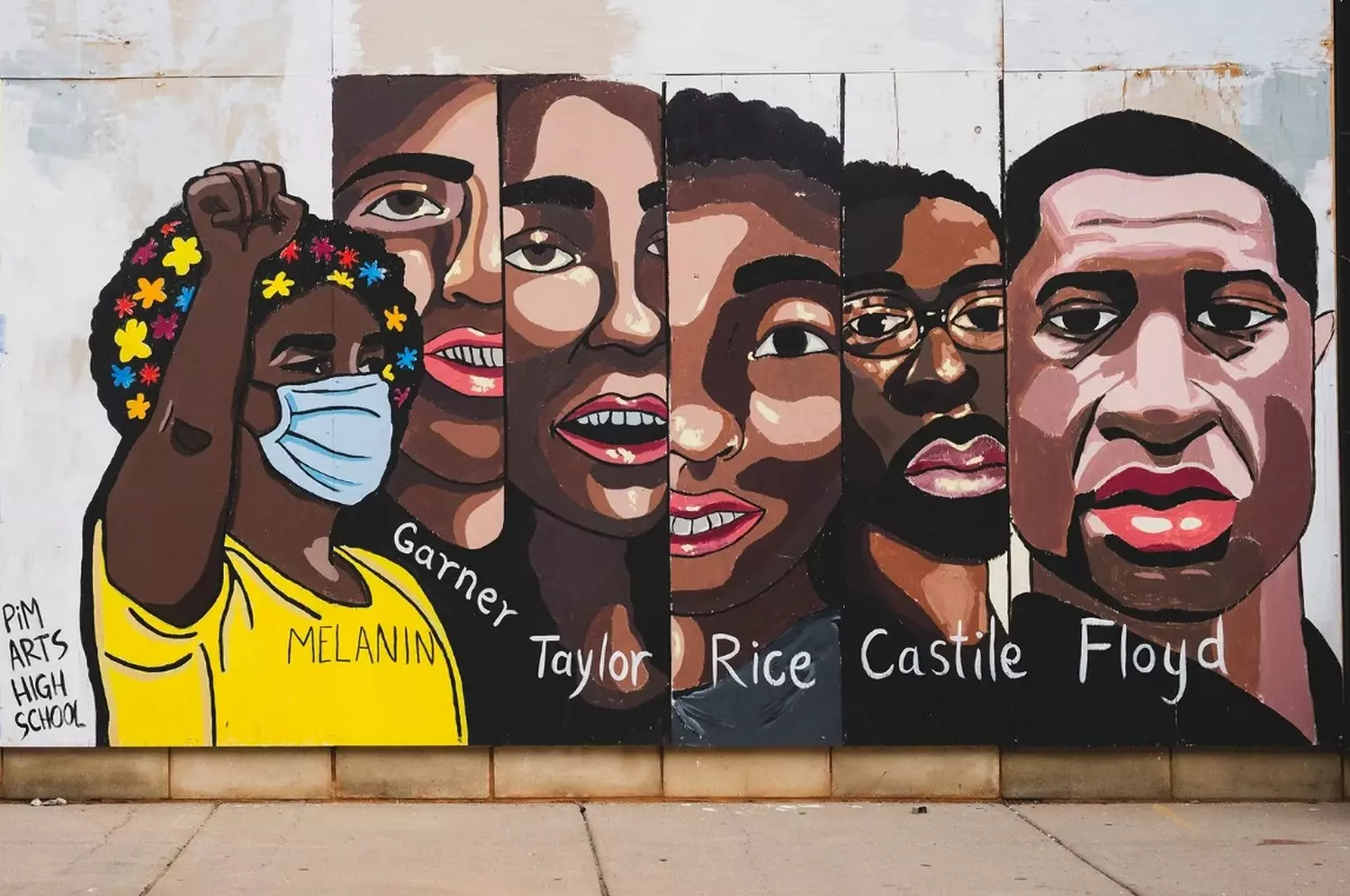
How Not to Become Part of the Manipulation of American Advertising
Protests, Debate, and Unresolved Tensions
No powerful movement comes without a wave of intense reaction. When the streets of the U.S. filled with people demanding justice, another current emerged — one of fear, confusion, aggression, and political exploitation. Especially as the world saw images of protests turning into chaos, looting, and clashes.
- In the weeks following George Floyd’s death, protests spread to over 2,000 U.S. cities.
- The vast majority were peaceful, but some turned into riots, confrontations with police, and looting.
- Minneapolis, Atlanta, New York City, Los Angeles, Chicago — cities where the streets were lit not just by slogans, but actual flames.
- In Minneapolis, protesters set fire to a police precinct — the same one where officer Derek Chauvin worked.
Looted stores: symbol or crime?
- Major retailers like Target, pharmacies like CVS, boutiques, and restaurants — all fell victim to looters.
- People carried off TVs, clothes, electronics — under the cover of protest.
- Some argued: rage is also a form of protest. When peaceful methods fail, the streets start speaking differently.
- Others saw it as pure criminality that undermined the core of the movement.
Interesting fact: According to NPR, damage from the 2020 BLM unrest became the most expensive in U.S. protest history — over $2 billion in insurance claims.
Symbolism and pressure: why were white people kneeling?
- In several cities, BLM activists called on white passersby and officials to kneel in solidarity.
- This gesture echoed NFL player Colin Kaepernick, who knelt during the national anthem in 2016 to protest police violence.
- Sometimes, it was a voluntary act of respect.
- But in other instances, people were pressured by crowds to kneel — which sparked a wave of criticism.
“You’re asking white people for repentance, not equality. This isn’t a fight for justice — it’s a guilt trip.” — said conservative critics of BLM.
Who’s fanning the flames?
- Many media outlets — especially conservative ones — focused heavily on vandalism and violence.
- Left-leaning outlets highlighted that most protests were peaceful, and the violence came from isolated radicals or provocateurs.
- There were confirmed cases of undercover agents and far-right extremists instigating violence to discredit the movement.
- A major controversy emerged around the finances of the BLM Global Network Foundation.
- In 2021, reports surfaced that leadership had purchased multimillion-dollar properties, while financial transparency remained murky.
- Some supporters felt betrayed — especially after the movement received a flood of donations during its peak.
Police and National Guard response
- Curfews were declared in several cities.
- In New York, Philadelphia, Minneapolis, and others, the National Guard was deployed to the streets.
- Footage emerged of peaceful protesters being dispersed with rubber bullets, tear gas, and batons.
- These actions only fueled the protests further — people returned in even greater numbers, now protesting state response too.
So where do we stand?
- Black Lives Matter isn’t a monolith. It’s not a single organization, but a diverse movement with thousands of chapters, opinions, and approaches.
- In some places, protests were peaceful. In others — destructive.
- Some used BLM as a cover for violence. Others used it to show genuine solidarity.
- In any case: this wave revealed a wound long covered by the bandage of silence.
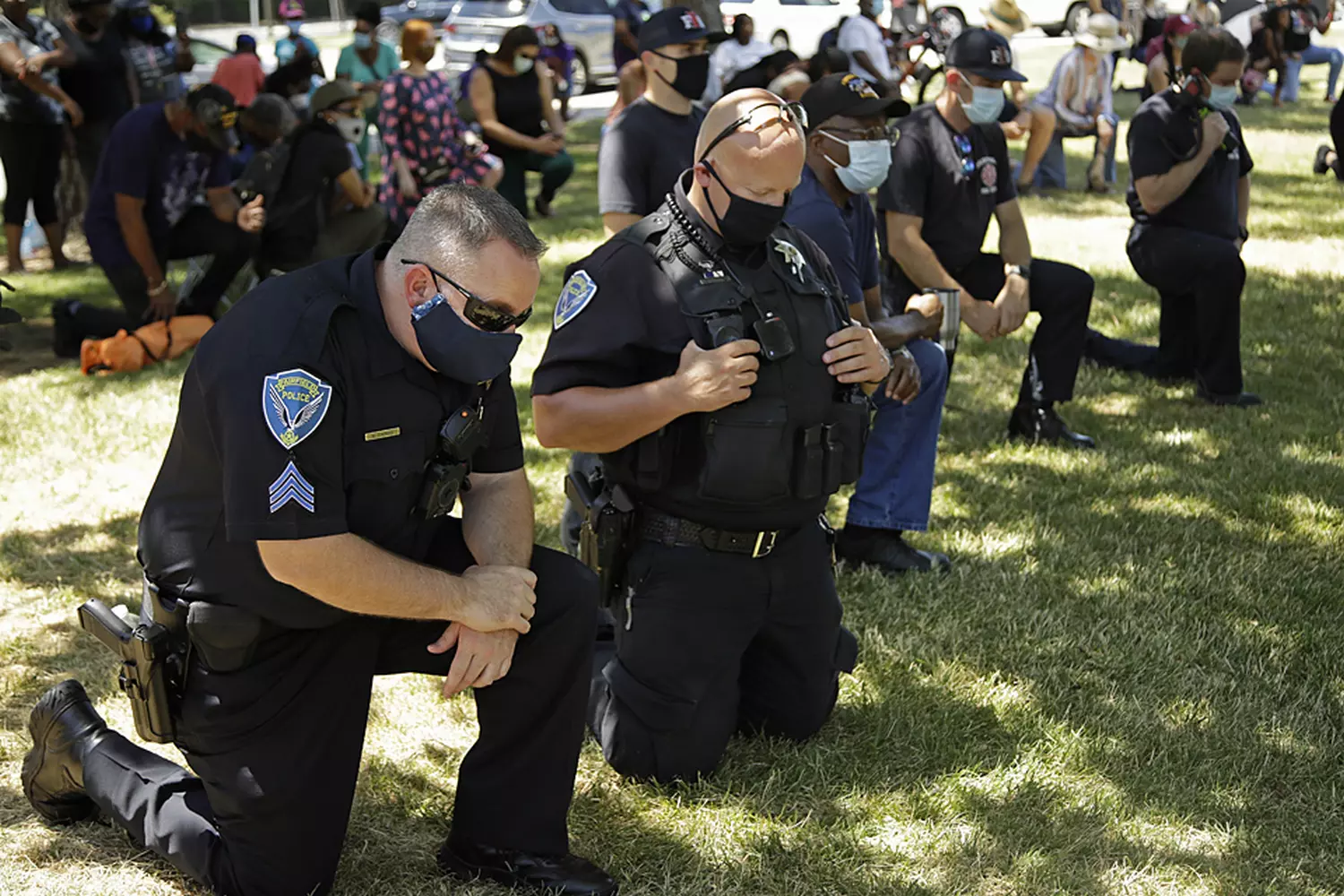
How Black Lives Matter Reshaped U.S. Politics
When the Black Lives Matter protests swept across the country, the political landscape of the U.S. found itself at the center of a heated debate. The movement not only raised questions about racism and Black rights, but also became a pivotal force in the 2020 election race.
The 2020 presidential election became a battleground of ideologies, and BLM’s role in this process cannot be overstated. Even when candidates didn’t openly support the protests, they were forced to respond to the mass demonstrations and address racial issues.
- Democratic candidates, particularly Joe Biden, spoke out in favor of police reforms and acknowledged the importance of fighting racism. Biden stated that “Black lives matter” and pledged to support government programs aimed at combating discrimination.
- Republicans, on the other hand, often emphasized the need for law and order — which drew sharp criticism in the context of the protests.
- However, it was Trump’s reaction to the protests that became a major flashpoint. His rhetoric — including calls for the use of force against demonstrators and labeling the protests as “anarchist” — resonated with parts of his base but deepened divisions among Biden supporters.
Police and law enforcement reforms
- The U.S. police system faced serious criticism from protesters, pushing law enforcement reform to the center of the political agenda.
- In 2020, nationwide debates emerged around police reform — including calls to defund the police and redirect funding to social services.
- In response, several cities began implementing changes to their police departments:
- In Minneapolis, the city council voted to “defund” the police and restructure it into a new kind of public safety organization.
- In New York City, the police budget was cut, and the funds were reallocated to social programs.
However, such measures did not gain widespread support and became a source of controversy in the election discourse.
Politicization of the movement: from protest to the ballot box
As the protests moved into the political sphere, BLM became a significant factor in the 2020 election. The movement played a key role in mobilizing voters, particularly among youth and liberal communities.
- Younger voters — especially from Black and Latino communities — participated actively, many believing their vote was crucial for the future of justice in the country.
- Influential activists like Tamika Mallory and Aleisha Carrington urged people to vote, arguing that the system can’t be changed without engaging politically.
- BLM’s presence on social media was central to spreading information about candidates who promised real change and encouraged support for Democrats.
Economy and business: how the protests affected companies and investments
It wasn’t just politics — the protests also had a major impact on the economy. Companies under the spotlight began reexamining their stance on racial issues.
- Investors began to consider social responsibility and racial equity as factors impacting a company’s brand and reputation. Companies that did not support the movement faced boycotts and financial losses.
Conclusion: BLM as a new stage in political culture
What began as protests against police brutality evolved into a broader movement — one that became a political platform, a legislative catalyst, and a shift in business practices and public consciousness.
- These events made it clear: racism isn’t just the problem of a specific group — it’s a challenge that affects all Americans.
- Systemic reforms — like changes to policing, improvements in education and healthcare for Black citizens — became key campaign topics.
- 2020 marked a turning point, as conversations about racial justice moved beyond social circles and into the heart of politics, the economy, and culture.
Black Lives Matter didn’t just change the U.S. political map — it became a symbol of the fight for equality and justice. And though many questions raised by the movement remain debated and unresolved, one thing is clear: this isn’t just a protest. It’s a revolution of consciousness that continues to shape the future.
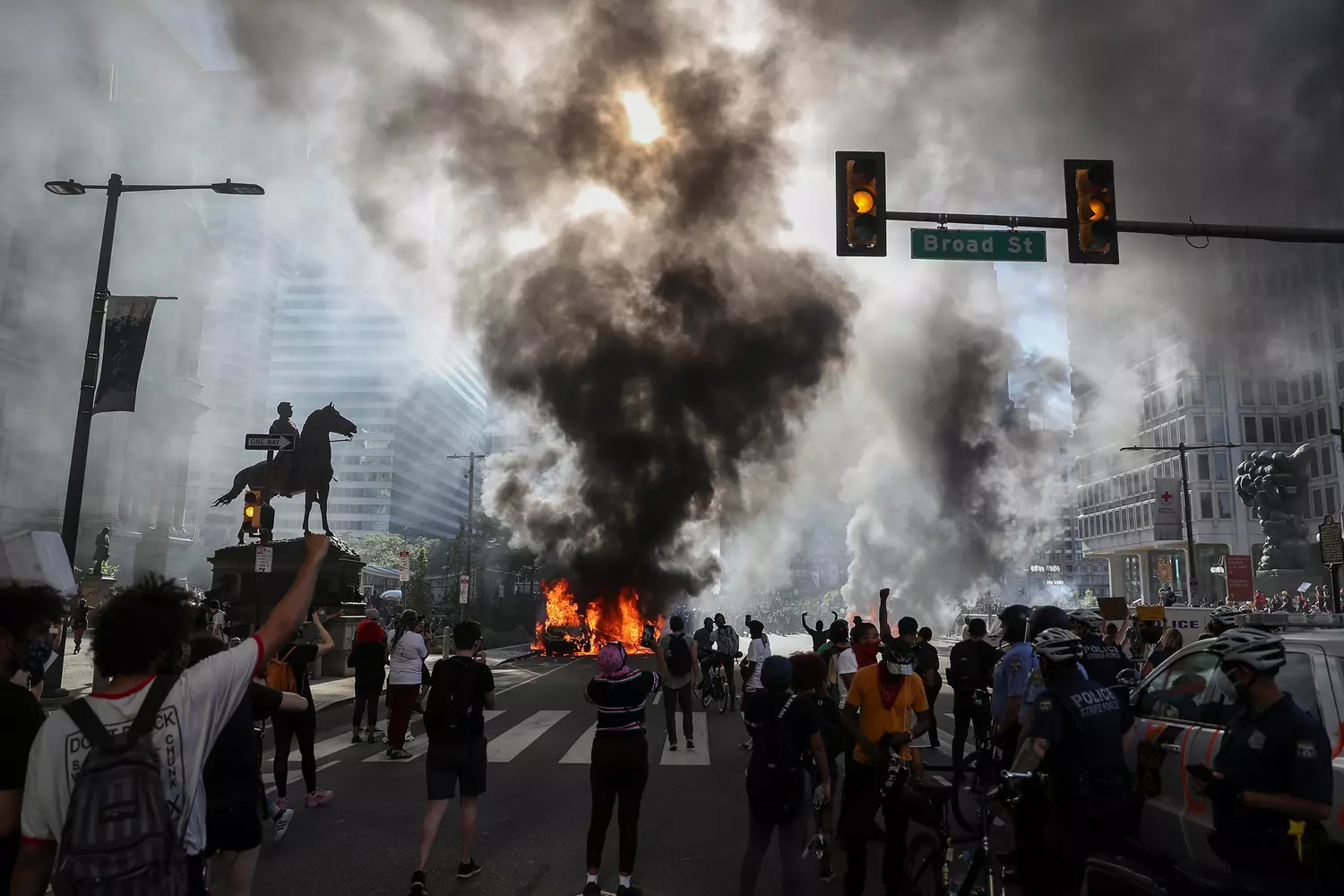
Want to know what America is really like?
History isn’t always written in textbooks. Sometimes, it echoes through chants on the streets, looks out from graffiti-covered walls, or rings in the voice of a street musician in Harlem or a tour guide in Memphis.
American Butler offers unique cultural and educational tours across the U.S. — to places where movements are born, voices are heard, and the real America comes alive.
Want to see the country through the eyes of those who are changing it every day? Then we’re waiting for you.














